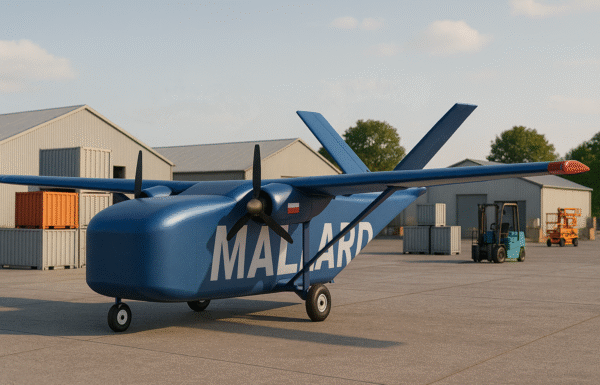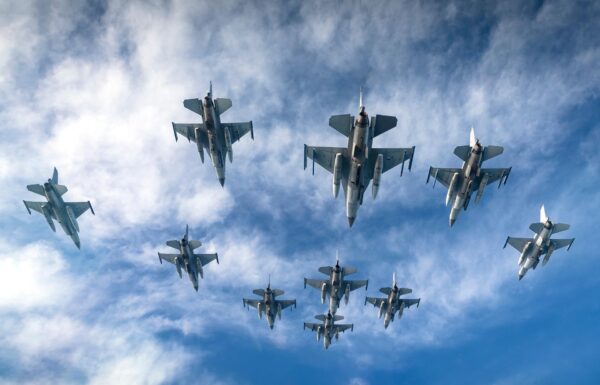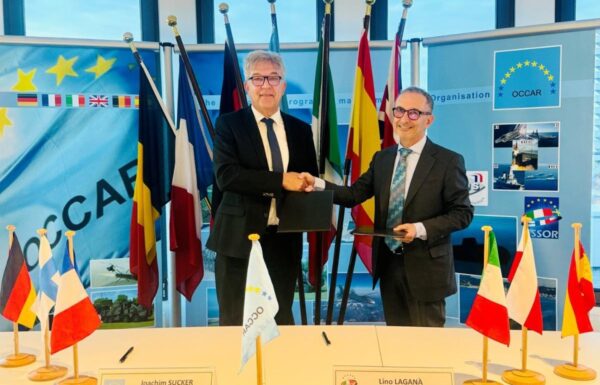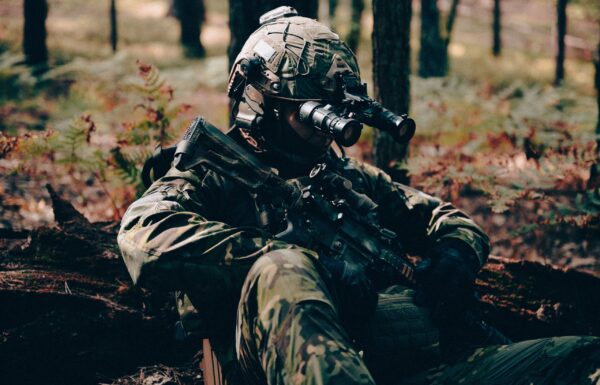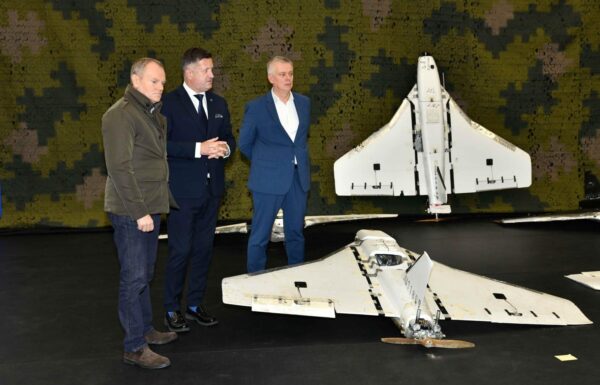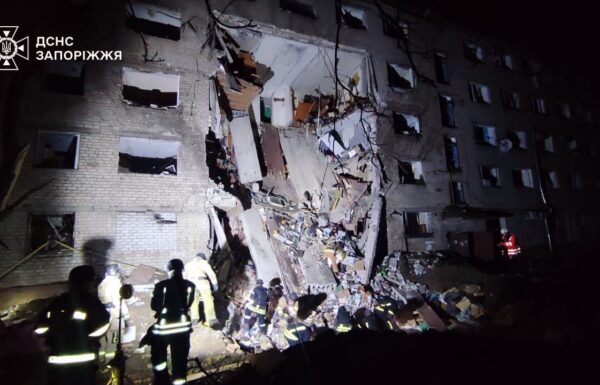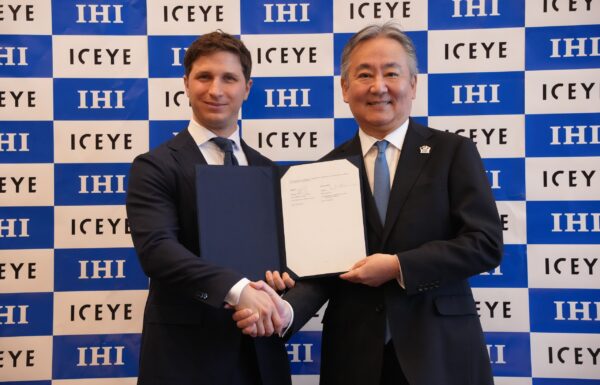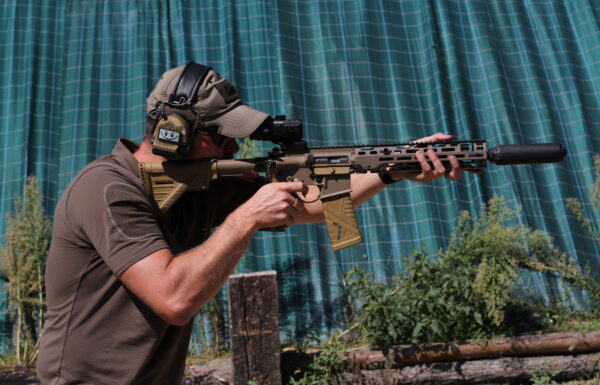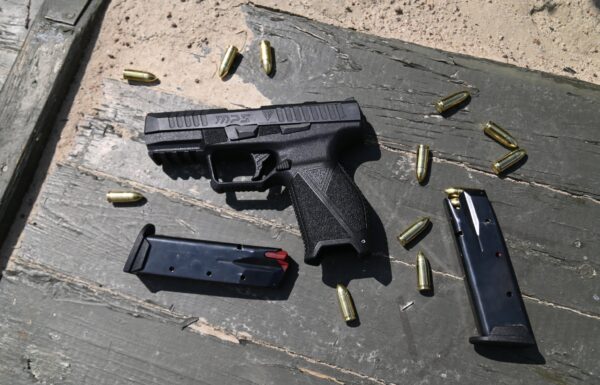On Sunday, March 23, 2025, the Australian public broadcaster ABC (Australian Broadcasting Corporation) reported on its website that the delivery of 49 M1A1SA Abrams tanks, promised last year to the Armed Forces of Ukraine, has been delayed due to logistical difficulties caused by actions taken by Donald Trump’s administration.
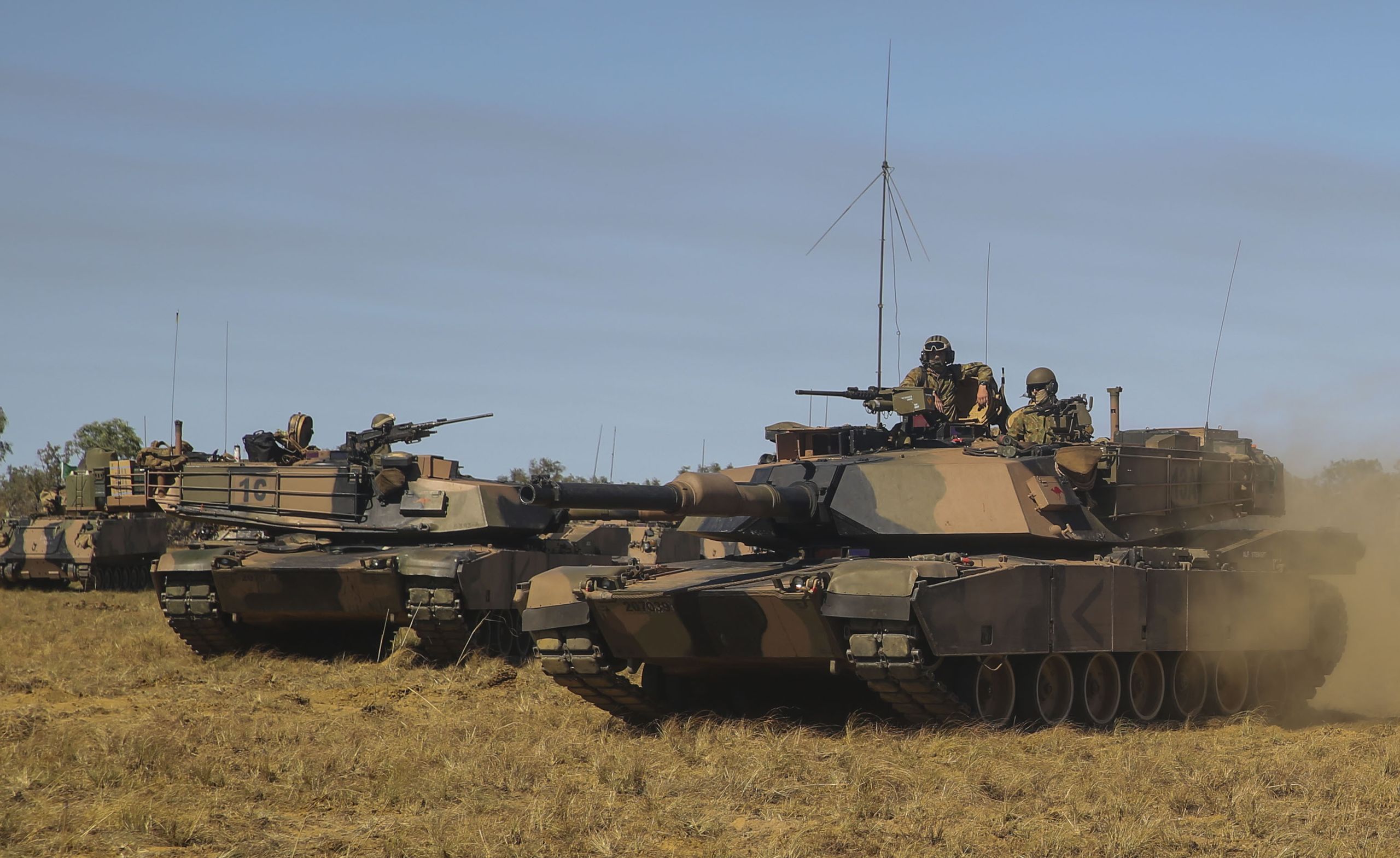 Photo: Sgt. James Gulliver, US Army
Photo: Sgt. James Gulliver, US Army
According to a video report by ABC correspondent Andrew Greene, the Australian Department of Defence is insisting that the delivery of the Abrams tanks to Ukraine take place at the earliest opportunity, despite complications caused by Donald Trump’s temporary ban on military aid.
Political turmoil surrounding efforts to end the Russia-Ukraine war, along with unfortunate decisions by the new White House administration, have led to a temporary paralysis of the POLLOGHUB logistics hub at the Rzeszów–Jasionka Ulma Family International Airport. This hub is responsible for 90% of material aid transfers from abroad to Ukraine. The U.S. Army has withdrawn part of its logistics units that had been overseeing the entire process. As a result, direct talks with Poland or private contractors are not being ruled out to enable the continuation of deliveries.
According to ABC, Ukraine’s Minister of Defence, Rustem Umerov, is expected to arrive in Canberra in the near future to discuss further military assistance.
On October 17, 2024, the federal government of the Commonwealth of Australia, led by Prime Minister Anthony Albanese, announced that it would transfer 49 M1A1SA Abrams tanks (out of 59 in possession; this is the local designation for the M1A1AIM variant) to war-torn Ukraine. The first media reports suggesting that such a move was being considered appeared on September 20 in The Sydney Morning Herald.
The tanks were to be delivered as part of the latest military aid package, valued at approximately 245 million AUD. This package would raise Australia’s total military assistance to over 1.3 billion AUD and the country’s overall aid to more than 1.5 billion AUD. The tanks are to be equipped with M-19 ARAT-1 reactive armor modules.
The transfer of the M1A1SA tanks is made possible by the commencement of deliveries, in September of last year, of the first batch of 27 out of 75 ordered M1A2SEPv3 tanks (System Enhanced Package version 3).
So far, the Armed Forces of Ukraine have received 31 M1A1SA Abrams tanks under U.S. military aid packages provided by the previous administration of Joe Biden. These tanks were given the local designation M1A1SA-UKR. A number of M1150 ABV combat engineering vehicles and M88 HERCULES armored recovery vehicles were also delivered. They have been incorporated into the armament of the 47th Separate Mechanized Brigade “Magura” of the Ukrainian Ground Forces.
Ukrainian Abrams tanks made their combat debut in January 2024. According to the Dutch analytical group Oryx, which tracks Russian and Ukrainian losses based on photo and video evidence, Ukraine has lost a total of 21 M1A1SA-UKR tanks: 9 were destroyed (on February 26, March 10, May 6, June 6, July 7, July 24, August 10, August 21, and March 17, 2025), 1 was damaged (on May 5, 2024), and 11 were damaged and abandoned (on March 3, March 5, May 4, May 11, June 11, July 22, July 24, December 11, December 30, January 23, 2025, and March 13, 2025). The tank abandoned on March 5, 2024, was captured by Russian forces on April 28 and displayed on May 1 at an exhibition in Victory Park on Poklonnaya Hill in Moscow. The Russians have captured at least three more abandoned tanks, the latest on March 10 of this year.
On April 26, 2024, the Associated Press reported, citing two U.S. officials, that the brigade had temporarily withdrawn the remaining Abrams tanks from the front line due to threats posed by Russian drones and loitering munitions. However, the tanks later returned to service after receiving upgrades, including additional armor in the form of both slat armor and reactive armor modules (the American M-19 ARAT-1 and the Ukrainian Kontakt-1).
Nonetheless, Ukraine’s high losses are believed to stem from the unconventional tactics used in deploying the vehicles, the level of crew training, and the fact that these tanks have become high-priority targets for Russian forces for propaganda purposes.



